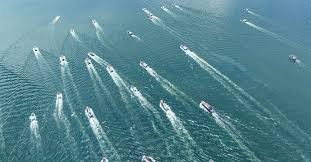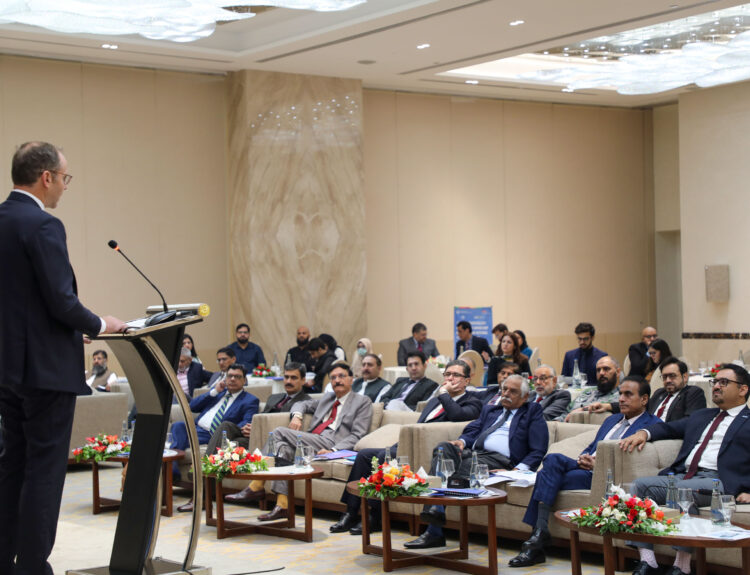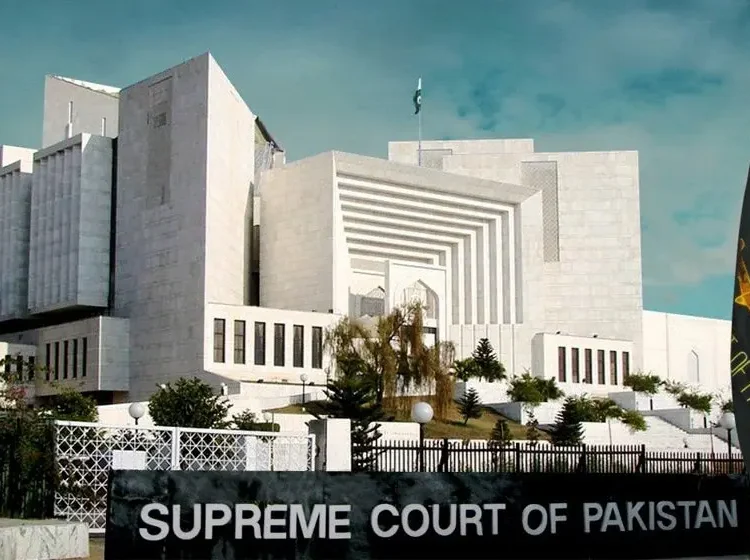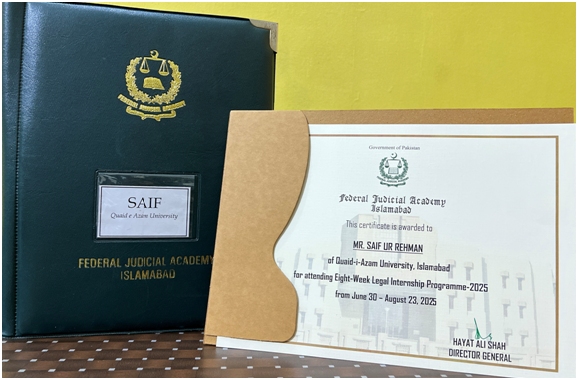By Wajih Ur Rehman
ON 4 March 2023, nearly 200 countries reached an agreement on a legally binding “Agreement under the UNCLOS on the conservation and sustainable use of marine biological diversity of areas beyond national jurisdiction”, commonly known as the High Seas Treaty. According to the National Oceanic and Atmospheric Administration (NOAA), the high seas refer to the ocean water column that lies beyond the boundaries of any country, also known as areas beyond national jurisdiction (ABNJ).64% of the ocean by surface area is thus referred to as high seas.
The high seas account for a remarkable 95 per cent of the planet’s total habitat by volume. They are known to be the world’s last true wilderness given their astounding biodiversity and ecosystem services. Merely 1% of it has enjoyed protection, leaving a vast lawless expanse prone to Illegal, unreported & Unregulated (IUU) fishing, deep-sea mining, bioprospecting and biopiracy. The subject Treaty adopted by the UN on 19 June 2023, poses uncertainties but establishes some benchmarks for resource conservation, fostering scientific exploration and capacity building.
While anticipated to cover all aspects of marine biological diversity in ABNJ, the Treaty disproportionately prioritizes marine genetic resource exploration, neglecting or leaving ambiguities on significant issues such as fishing. Worldwide, ABNJs are governed by at least 1 out of 17 Regional Fisheries Management Organizations (RFMOs), but these organizations have limited objectives of managing commercially significant fish species. This means that a staggering 95 per cent of fish in ABNJ are not being tracked by the current RFMOs. Moreover, these organizations often lack the resources to meet their core obligations.
While analyzing the Treaty’s text, the use of controversial language is deemed concerning. Certain ongoing actions may still persist on the high seas as the Treaty does not “undermine” the activities permitted by other international authorities. This includes activities overseen by IMO and International Seabed Authority etc., implying that military activities and prevalent fishing and commercial shipping are exempt from the Treaty. Such clauses may hamper progress on the Treaty’s objectives as the 17 (inefficient) RFMOs already covering the high seas shall drastically limit the expanse of the ocean falling under the Treaty.
The Treaty’s analysis and high-seas fishing stats reveal that developed nations primarily gain. Around 97% of high-seas fishing involves wealthier countries’ vessels; 100 major corporations catch a third of the total. It is important to note that many activists called for closing the high seas for fishing to enable equity between countries, given the current dominance by wealthier, subsidized fleets.
Another suggestion was to designate the high seas as a giant marine protected area (MPA). But, given the clauses on overlapping jurisdiction, the Treaty cannot create MPAs in places already covered by various fishing agreements, regardless of their unsustainable nature. Additionally, the MPA opt-out clause will let a member state object if the MPA conflicts with Treaty’s goals, is discriminatory, or is impractical. The outcome of unacceptable objections is uncertain, but approval would release the state from MPA-related legal obligations. Interestingly, the Treaty doesn’t explicitly prohibit commercial fishing in future MPAs, allowing for “sustainable use” in line with conservation objectives.
The ‘high-ambition coalition countries, including the US, played a key role in negotiating and drafting the Treaty, but the equivocal language might reflect their interest in monopolizing high-seas resources through business-as-usual practices. Assessing the environmental and economic impact of such clauses is crucial for aligning terms with the Treaty’s spirit.
Pakistan is one of the few countries with an extended EEZ, but this also comes with ambiguities as the continental shelf beyond EEZ might be subjected to unlawful exploitation by the vessels that are likely to use the water column (i.e. ABNJ) above seabed (i.e. under national jurisdiction). In such cases under the High Seas Treaty, the enhanced role in surface and underwater surveillance from regulatory establishments such as PMSA and Navy will be required along with capacity building and technological advancements. This might be an added monetary pressure on these organizations, for which Pakistan and other developing countries can appeal to the COP as the Treaty endeavours monetary and non-monetary sharing of benefits while enhancing the capacity of low and middle-income countries for research and development to ensure access and sustainable usage of marine (genetic) resources of the high seas. However, the Treaty lacks guidance on monetary benefit-sharing mechanisms which may cause confusion in the case of overlapping jurisdictions.
In other such areas, the interpretation and application of the Treaty’s text will remain debatable, for which, the COP, accompanied by the Secretariat, the Scientific and Technical Body must ensure clarity to avoid discrepancies among the international community. Pakistan should also take part in the process – advocating for its rights for a smooth eventual ratification.
—The writer is associated with the National Institute of Maritime Affairs. The views expressed are his own.
Email: wajihurrehman2014@gmail.com






